Dubai: From pearling town to global aviation hub in 60 years
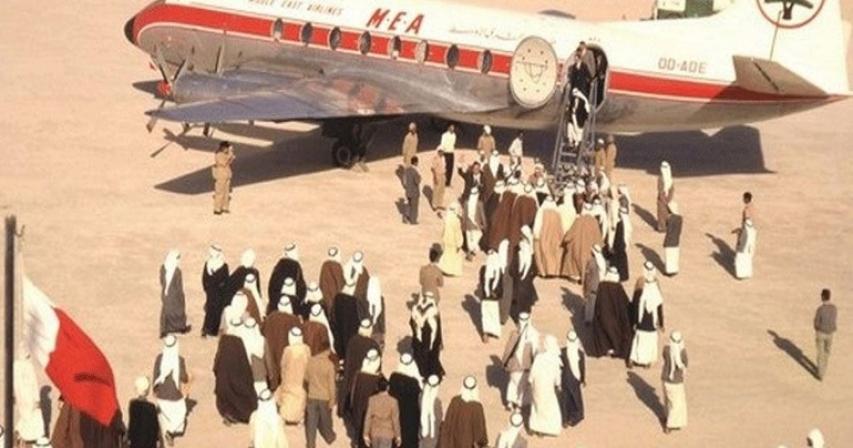
This week, the city hosts the Dubai Airshow, a five-day aviation event where mega deals are announced. Some 1,300 companies from more than 100 countries signed up for the event, which also features daily aerobatic shows. It cements the emirate's status as a global hub, and testifies to its ability to see the future.
Dubai: Until 1958, Dubai had no airport. Until 1962, the runway was just a compacted salt bed, and no asphalt cover. Until 1983, the airport had only one runway. Until 1984, Dubai had no airline of its own.
In 1959, Dubai had a 1,800-metre runway built upon orders of Dubai’s former ruler, Sheikh Rashid Bin Saeed Al Maktoum. An asphalt runway was added in 1963.
For much of this period, there was next to nothing in terms of air-conditioning, buses, trains, mega freeways, high-rises, even hotels — in Dubai.
Electricity was unreliable.

Dubai Media Office✔@DXBMediaOffice
#Dubai Airport... A modest beginning paved the way for taking on the world@DXB
40 people are talking about this

How did Dubai go from that to what it is today, an undisputed global hub?
It started with a bold vision of the late Shaikh Rashid, who ruled Dubai until 1990.
In 1970, a year before the UAE became a federation, Sheikh Rashid ordered the construction of a new terminal building consisting of a 110-metre three-storey building, and included an enclosed floor area of 13,400 square metres.
A new 28-metre control tower was also built. It was considered a grand infrastructure project for Dubai's stature — with only one runway, and having no airline of its at that time.
It took another 15 years before Emirates Airline was launched.
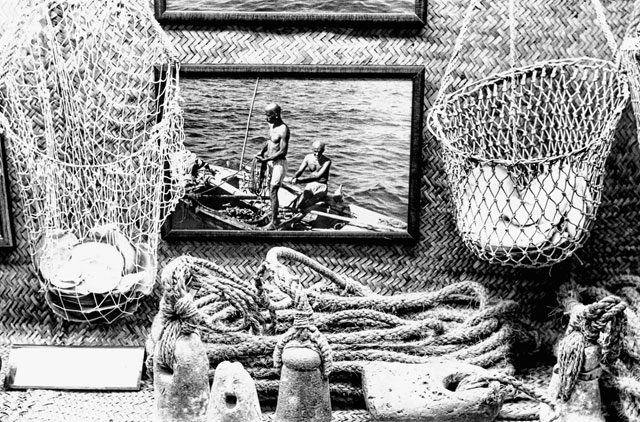
Second runway, new airline
The second runway was completed in April 1984, some 21 years after the first asphalt runway was built.
Located 360 metre north of the existing runway (parallel to it), the new runaway was geared up with latest meteorological, airfield lighting and instrument landing systems (ILS) — thus giving the airport a Category II classification.
A year later, in 1985, Emirates Airline was launched as Dubai's main carrier with $10 million in capital, starting with two aircraft leased from Pakistan International Airlines (PIA).
In 1998, Terminal 2 was built. In 2000, Dubai International saw the Dh2-billion expansion of Shaikh Rashid Terminal — known today as Terminal 1. It marked the first phase of Dubai's push to become a global aviation hub.

Inaugural flight EK600 took off for Karachi on October 25, 1985 from Dubai International Airport. Over the last four decades, the UAE has gained global prominence in the aviation industry with Emirates airline in the cockpitImage Credit: Supplied
1/9
The new terminal more than doubled the airport’s capacity from 10 million to 23 million.
Terminal 3
In 2004, Dubai kicked off the construction of Terminal 3, as the next stage of development, at an estimated cost of around $4.5 billion.
Four years later, on October 14, 2008, the new Terminal 3 was opened, raising Dubai International Airport's passenger capacity to 60 million a year.
By 2009, DXB was already cited as the world's fastest-growth airport among the top 50 major airports.
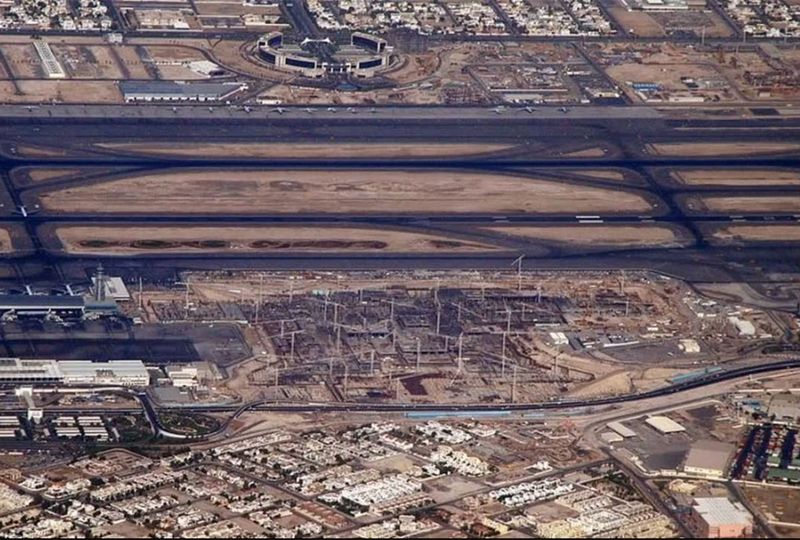
The airport also became the world's largest duty-free retailer then, reporting revenues of more than $1 billion.
In 2010, the Dubai International Airport saw passenger traffic reaching an historic 47.2 million, up 15.3 per cent over 40.9 million in 2009. It handled over 3.87 million aircraft that year, a 12.4% growth from the year before.
DXB never stops
In May 2011, the construction of the new Concourse D for all airlines currently operating from Concourse C. In September 2012, DXB changed the names of concourses for easier passenger navigation. Concourse 1, in which over 100 international airlines operate, became Concouse C.
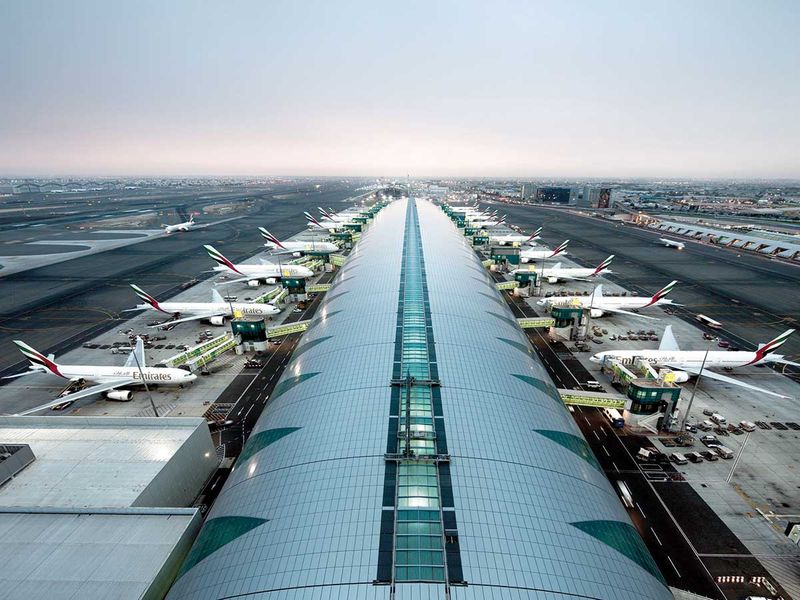
The Terminal C complex also includes Concourse A, a purpose-built facility for A380, which opened in January 2013, further increasing the airport's capacity to 75 million passengers per year.
A year later, in 2014, Dubai had overtaken Heathrow airport as the world's busiest interantional hub, with 70.48 million passengers and 8,000 weekly international flights. Dubai has managed kept that position to this day.
Today, the Dubai International Airport (DXB) is the gleaming aviation hub of the region, with more than 1,100 aircraft movements of international flights each day.
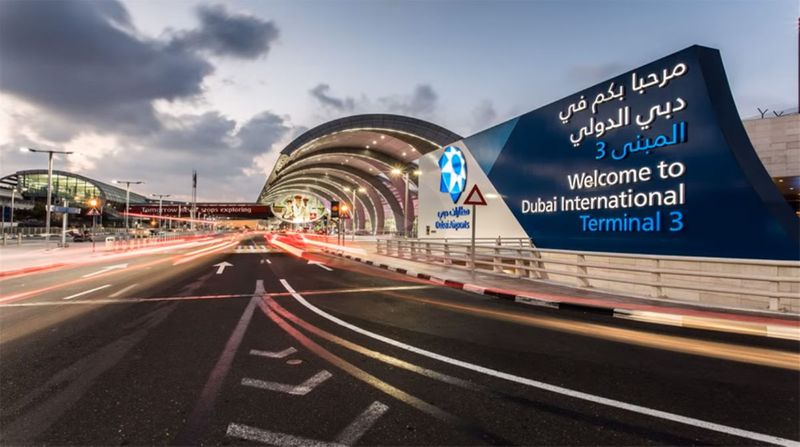
That is more than any air terminal on the planet.
Watch: Dubai International Airport's unassuming start during the 1960s
Observing of Dubai Airports activities gets all the more cutting edge
Traveler traffic dramatically increases at DWC
'Aeronautics center'
The "multiplier impact" of Dubai's avionics industry is likewise outstanding.
In 2013, the avionics area in general contributed $26.7 billion to the Dubai economy in 2013.
$ 53.1
billion is the commitment of avionics to Dubai's economy by 2020
DXB kept the title of "world's busiest air terminal for universal travel" after hitting right around 90 million travelers in 2018, surpassing London and Hong Kong International Airports, which recorded 75 million and 74 million, separately.
By 2020, avionics is required to contribute $53.1 billion to Dubai's economy, 37.5% to its GDP and backing more than 750,000 employments.
Change
How Dubai changed itself inside from being a remote pearling town to an amazing worldwide center inside a moderately brief period makes for an interesting story.
Until around 60 years back, the old locale of Bur Dubai, Shindagha, Al Bastakiya and Deira — settlements along the Dubai Creek which together framed its center — spoke to close to a town of around 25,000 occupants.
The people group blossomed with pearling, angling and some exchanging. Dubai had little oil. Be that as it may, Sheik Rashid Bin Saeed Al Maktoum, Dubai's previous ruler, had an intense vision: to transform the emirate into a gloval center.
750,000
number of occupations upheld by Dubai's aeronautics segment
Cautious arranging, joint effort and open rivalry — ethos set somewhere around the late Sheik Rashid — assumed a key job in the emirate's improvement.
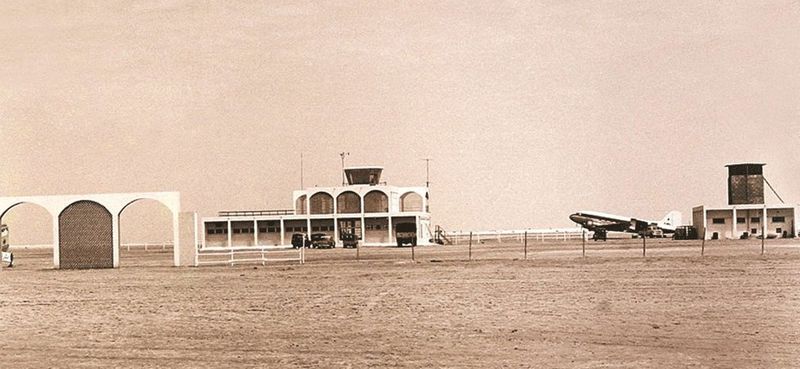
'Open skies'
Dubai is one of the few places in the world where "Open Skies" has become the cornerstone of aviation policy. But this actually goes back to several decades.
Dubai's role as a global aviation global hub is a story of vision, collaboration and hard work. It is also helped by geography, offering access to both Europe and the Asia in about 6-8 hours of flying time.
What remains of the "old Dubai" today, when it was a small pearling and trading outpost, are today’s treasured possessions of the city, a testimony to a not-too-distant past.
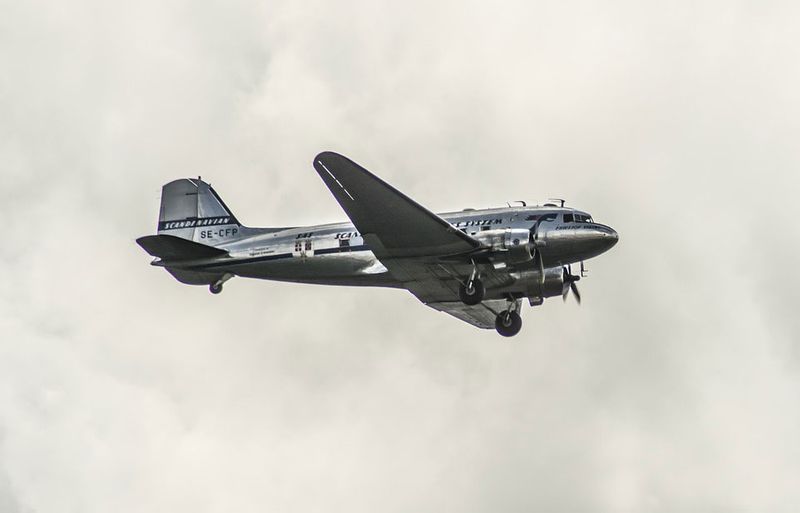
It's a combination of open competition, careful planning, collaboration and good execution that played a key role in the emirate's development.
Today, Dubai is one of the few places in the world where "Open Skies" has become an aviation policy cornerstone.
'OPEN SKIES'
In civil aviation, an Open Skies policy means liberalisation and ease of access and rules of use of national airports for foreign airlines.
It is joined in order to increase the tourist flow and to develop the potential as a regional air hub.
In 2016, there were 140 airlines flying to over 270 destinations across all continents from Dubai International Airport.
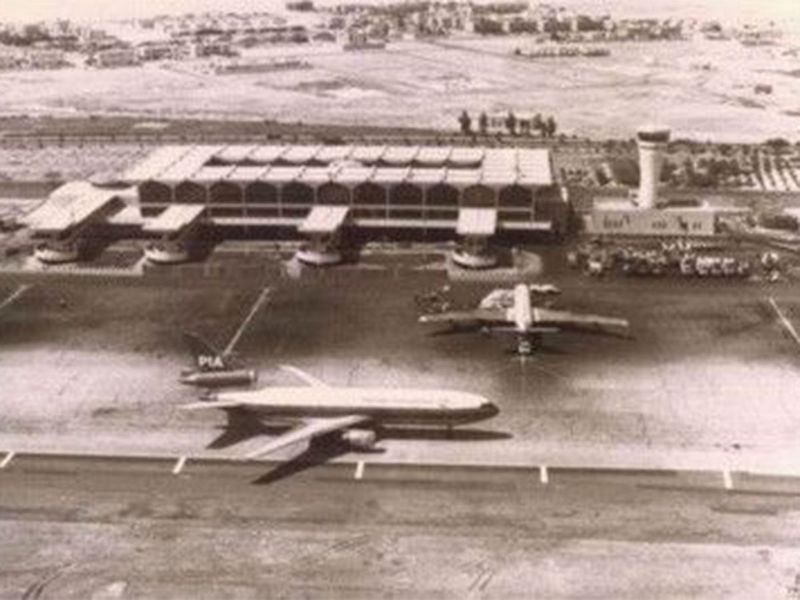
The “Dubai Commercial Air Agreement”, signed on July 22, 1937, gave the British landing permission en route to India and elsewhere. This propelled Dubai's position as an important trading and aviation destination in the Gulf.
About 45 km away, Dubai has a much newer airport, the Dubai World Central/Al Maktoum International Airport, already being used by a number of airlines.
Leadership: Building the future
What transpired in the last 60 years is nothing less than spectacular.
It came in part from the leadership's conscious and relentless effort to invest in the best infrastructure and people — of which the biggest testimony is the Dubai International Airport itself.
DXB
Today, Dubai International Airport (IATA: DXB) is the primary international airport serving Dubai, UAE and is the world's busiest airport by international passenger traffic.
It is also the fifth-busiest airport in the world by passenger traffic.
It is sixth-busiest cargo airport in world, the busiest airport for Airbus A380 and Boeing 777 movements, and the airport with the highest average number of passengers per flight.
In July, 2019, Dubai International airport installed the largest solar energy system in the region's airports as part of Dubai's goal to reduce 30 percent of the city energy consumption by 2030.
This competitive spirit and boldness, which some observers label as "build-and-they-will-come" formula gave Dubai's aviation sector — and pretty much every other sector in the emirate — a launchpad on which to soar higher.
"Dubai’s success stems from a clear vision, careful planning, and collaborative execution. It is no accident that we are a global aviation hub today," said Sheikh Ahmed Bin Saeed Al Maktoum, Chairman and Chief Executive of Emirates Airline and Group, Chairman of Dubai Airports and President of the Dubai Civil Aviation Authority.
We will continue to take a consensus-based approach to infrastructure investment, embrace open competition, and focus on opening up and connecting markets through efficient operations. We want Dubai to be the top choice for international travellers and traders — as a destination, and as a transport hub..
- Sheikh Ahmed Bin Saeed Al Maktoum, Chairman and Chief Executive of Emirates Airline and Group, Chairman of Dubai Airports and President of the Dubai Civil Aviation Authority
"We will continue to take a consensus-based approach," said Sheikh Ahmed, "to infrastructure investment, embrace open competition, and focus on opening up and connecting markets through efficient operations. We want Dubai to be the top choice for international travellers and traders – as a destination, and as a transport hub.”
MULTIPLIER EFFECT
For every $100 of activity in the aviation sector, a further $72 is added in other sectors of the local economy from supply chain connections and expenditures.
For every 100 jobs created in aviation, an additional 116 jobs are created elsewhere in Dubai.
First hotel
Back in 1959, the first hotel was built in Dubai, called Airlines Hotel. Built by Indian businessman Lakho R Lulla, it was the only place to stay in the whole of Dubai then.

This iconic hotel, geared to serve the aviation sector, was a harbinger of things to come in Dubai.
Fast forward to the present: Dubai is a gleaming metropolis with more than three million residents, almost 200 skyscrapers taller than 150 metres,

Image Credit: Gulf News
1/8
125,000 hotel rooms
Today, Dubai has more than 125,000 hotel rooms, the world’s tallest building (Burj Khalifa), the biggest airline in terms of international passengers (Emirates), an indoor ski slope (Ski Dubai, there's another one under construction), and the world’s capital of gold trade.
125,000
estimated number of hotel rooms in Dubai — a number that's still growing
Its airport, meanwhile, now handles nearly 90 million travellers a year, including 89 million from abroad, making it the busiest in the world in terms of international traffic.
Dubai civil aviation is about to get busier.
Paul Griffiths, the British chief executive of Dubai Airports, said: "We could get this airport to about 120 million. That gives us another 10 to 15 years growth.”
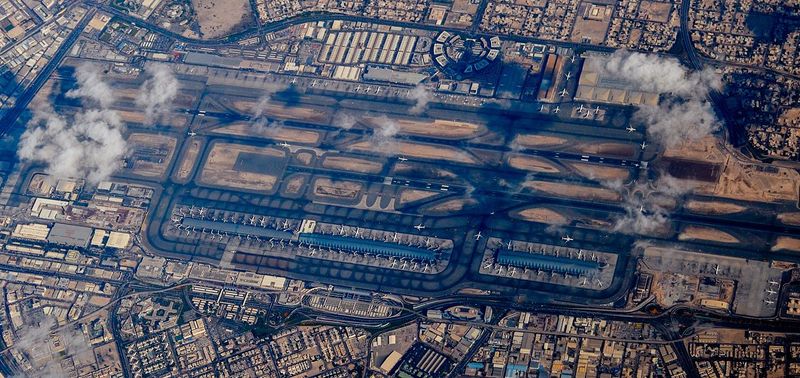
With the right investment in the right projects, Dubai isn't far behind its target.
Dubai Duty Free: Making travel more exciting
Dubai Duty Free (DDF) helped cement the emirate's role as aviation hub.
Since its opening in December 1983, when it recorded $20 million in sales, Dubai Duty Free has grown into one of the biggest travel retail operators in the world.
Of the original 100 staff who joined in 1983, 25 are still in active service and referred to as “Pioneers”.
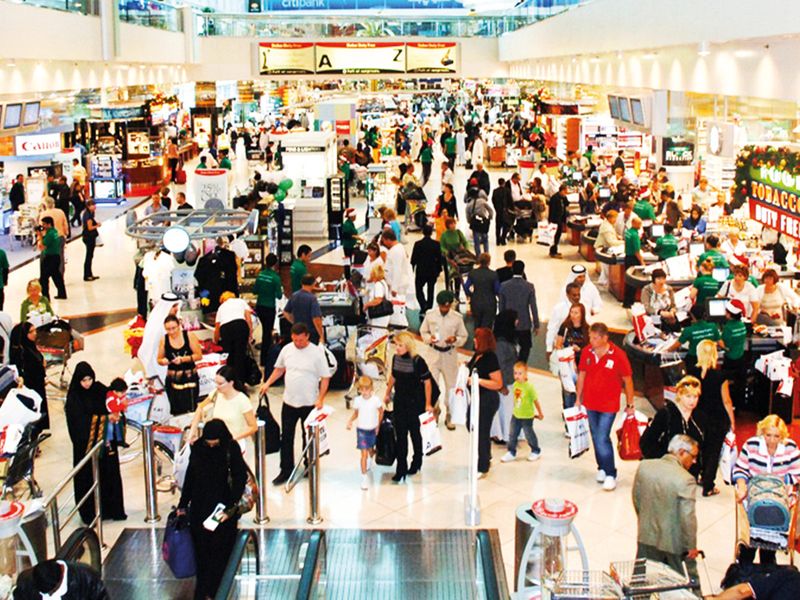
Dubai Duty Free (DDF) currently operates some 38,000sqm of retail space at Dubai International Airport and 4,000 sqm at Al Maktoum International. This is set to grow in line with the massive development plans of Dubai South.
From organising mega-raffles that turn travellers into instant millionaires to international tennis tournaments and the world's richest horseracing, the Dubai Duty Free has been instrumental in growing the aviation market.
Of the original 100 staff who joined in 1983, 25 are still in active service and referred to as “Pioneers”. Now employing over 6,100 people, DDF's operation has consistently raised the benchmark for airport retailing and it continues to grow.

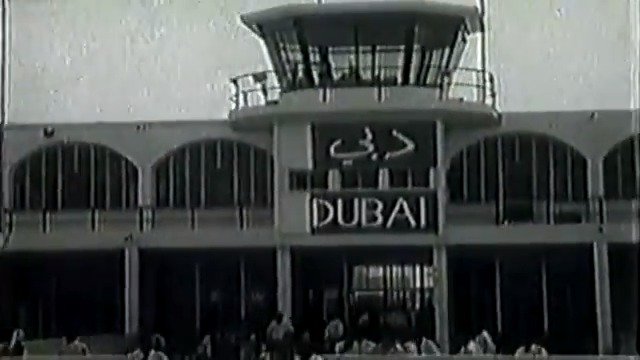





Comments